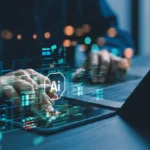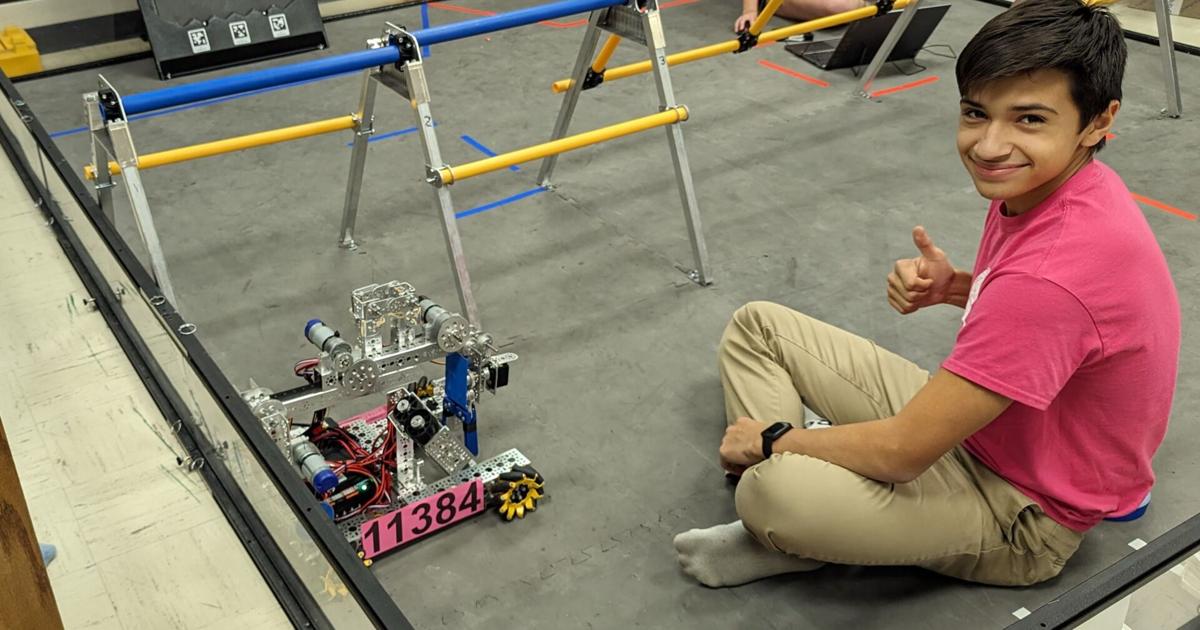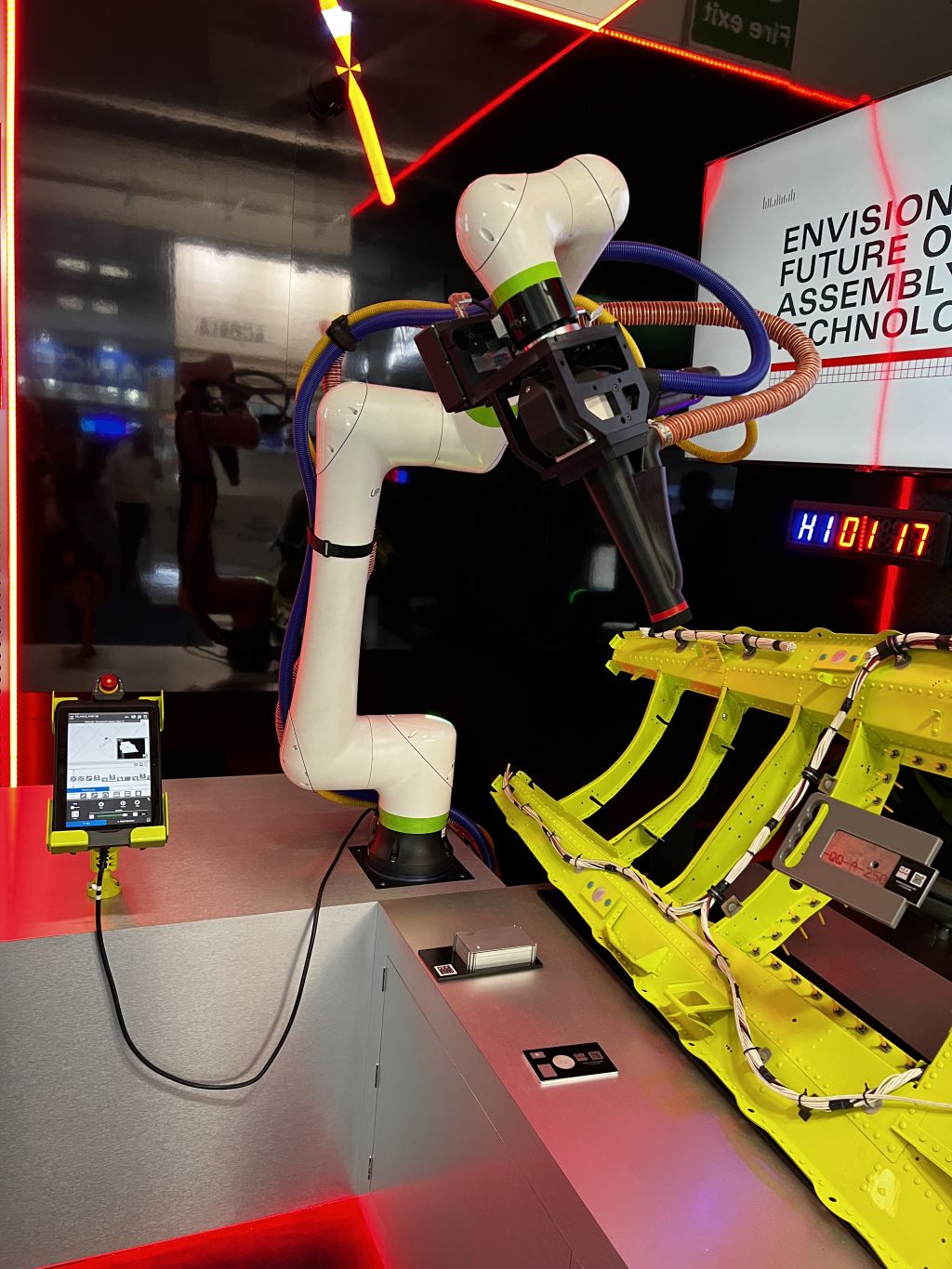Gyehyon is a Venture Capital Founder, CEO & President of MVLASF, a forum for successful executives & entrepreneurs, and a published author.
Reviewing the decades of academic articles, fiction and nonfiction novels and movie drama scripts, I acknowledge that artificial intelligence and robotic entities have become part of human life.
These two cool kids, named broadly “AI” and/or “robot,” have had their existing definitions changed to meet the contemporary period needs of humans.
I agree with the overall idea that “AI, robots…will never replace humans but can make us more productive and efficient.” For this article, let’s focus on the premise and assumptions startups, and ventures can make the best use of to grow in this sector while allowing room for investees’ and investors’ perspectives as well as the demand and supply roles.
To have enhanced four-dimensional visibility of the X-axis/Y-axis/Z-axis and time series methodology, I’ll use the following design categories to examine and discuss what exactly AI-backed robotics is and why it matters.
1. Existence Of The Shape: Software Vs. Hardware
Essentially, hardware is a tangible robot and software is a non-tangible, but both need to be connected to each other throughout the tangible device and modules.
Both biological and artificial creations go through mechanical development and evolution in search of the appropriate shape to support the troubles they experience—in short, evolution at different levels. For example, one movement of the hardware stems from the combination of sensors detecting different variables and the gears’ dynamic in responding to the data the sensors provide. Both digital and analog interactions operate this analytical movement. That interaction can self-learn to select meaningful trial and error efficiently, and AI-backed robotics share that learning with each other to choose the best way to act under limited resources.
Most software-as-a-service (SaaS) companies fail because they don’t consider the tangible devices and modules at the front and rear of the whole process set. It’s not ideal for a company to change its enterprise resource planning (ERP) and work process for one application if it doesn’t integrate with both existing software and hardware. Doing so would likely require additional training you may or may not have the bandwidth for.
2. 4-D With Web 3 Vs. 4-D With The Real World
Blockchain can help humans as co-pilots save time and money in exploring space, aviation, terrain, marine, surface, the planetary core and subaqua—not only for standard missions but also for the inevitable rescue and urgent situations between planets. However, productivity and efficiency would be limited if the proposed AI-robotics idea just copied human beings because, from its perspective, humans are the most productive and efficient biomaterial ever designed.
Recently, most AI-backed robotics have depended on provided big data, and their generative activities are also based on provided data. In Web3, data cannot be given over as easily because Web3 is intended to protect data by requiring permission from individuals before sharing. This is not only for security reasons but also because the variables from the creative content in the Web3 conditions can potentially affect real-world economies, which can be handled without discrimination.
For example, simple driverless delivery robots that need metropolitan highways and boulevards—or even factories and restaurants where all the geographical lifestyles and cultural, behavioral patterns show unlimitedly capricious diversity—would not make sense because the cost of changing infrastructure to best suit a delivery robot is too high compared to hiring one person. If they don’t change the city and the buildings to fit the simple robots, the variables for these simple robots to operate properly become exponential. Providing a simple solution to the complex problem is the best for AI-backed robotics rather than a complex solution to the simple problem.
3. Revenue Pipeline For The True Value In B2B Vs. B2C
First, contactors and creators tend to prefer a highly flexible drag-and-drop widget and would serve the editor role to make final decisions. The AI-backed robotics role could be limited by the given variables to create something, but it would be very tough if the variables were not provided. The value-added intelligence should be based on the end user’s needs, which are not always defined and decided by the customer, who sometimes doesn’t know what they like.
The customer’s preference is also not fixed forever; the UX/UI from B2C to B2B would be the best option to make sustainable value without the mutually exclusive silos between the definition of B2B only or B2C only. It is meaningless to separate the business, considering both individuals and business clients are willing to pay, so the same stance of “customers and clients” is beneficial. For example, AI itself has already changed the marketing UX/UI paradigms and strategy, not to meet client expectations passively, but to suggest their preference to make what clients would like to do soon and pick them up.
Wrapping Up
AI-backed robotics that supports selective trial and error could bring more value and save time for more jobs. If AI-backed robotics can save time “10x”, today’s 1-hour work would make 10 hours of performance as of 10 years ago today. It means today’s 1-year means 10-year duration value as of 10 years ago. Considering the life span, people live about 100 years, but it means 1,000 years of work results with AI-backed robotics.
It’s amazing that one person can live one century but can make 10 centuries of performance. The STEM, art and entertainment domains will be quite a fun journey for more knowledgeable value. Finding “unknown-unknown areas” could even be accelerated to make them the “known-unknown areas.” Interestingly, the “known-unknown area” could create more job opportunities in some moments and scale up the value of human labor to become creator positions. AI-backed robotics could eventually even make the concept of “planet and people over profit” a reality.
Forbes Business Development Council is an invitation-only community for sales and biz dev executives. Do I qualify?











